SomnusNooze e-newsletter
News, stories and updates from the world of sleep
News, stories and updates from the world of sleep
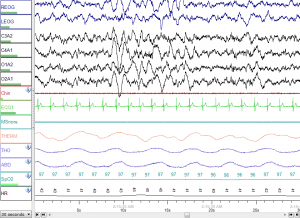
Researchers have provided more evidence that narcolepsy without cataplexy (Nw/oC ) and idiopathic hypersomnia (IH) without long sleep time (LST) look more alike on testing than do narcolepsy with cataplexy (NwC) and Nw/oC. This research was completed... read >
The Hypersomnia Foundation congratulates Dr. David Rye and the team at Emory University on their receipt of a 4-year award for nearly $3 million in total costs from the National Institute of Neurological Disorders and Stroke to study the biologic basis of... read >

Dr. Toyoda and his colleagues in Japan have described new susceptibility genes — CCR1 and CCR3 — for type 1 narcolepsy. Background Type 1 narcolepsy (also called narcolepsy with cataplexy) is believed to be the result of a combination of genetic and... read >
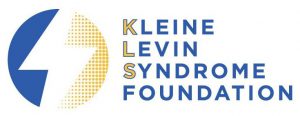
Background Kleine Levin syndrome (KLS) is a neuropsychiatric disease that affects about 1 in a million people. Symptoms include hypersomnia, confusion, derealization, hypersexuality, megaphagia, altered mood, and hallucinations that occur during... read >
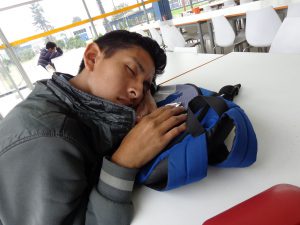
NeuroTrials, Inc., has begun recruiting people to take part in the testing of a new treatment for idiopathic hypersomnia and narcolepsy without cataplexy. This small phase 1 study will test the safety and efficacy of a drug that is taken by mouth and... read >
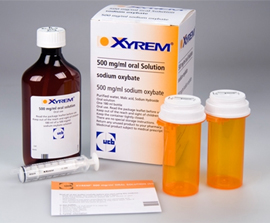
Background According to the Narcolepsy Network, although it affects more than 200,000 people in the U.S., narcolepsy is estimated to be undiagnosed or untreated in 75% of people with the disorder. This lack of recognition leads to delays in effective... read >
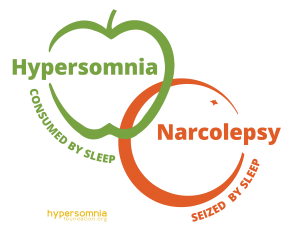
Why is this study important? Type 1 narcolepsy (T1N) and idiopathic hypersomnia (IH) are both disorders of central hypersomnolence. Even though the International Classification of Sleep Disorders, third edition, includes a finding of 11 hours of sleep... read >
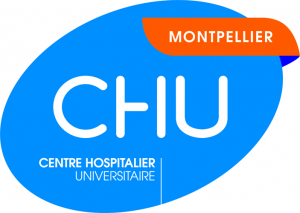
Background Kleine-Levin syndrome (KLS) is a rare disorder in which affected people experience episodes at least once per year during which they sleep for at least 11 hours out of every day (but often for days at a time), eat excessively (megaphagia),... read >
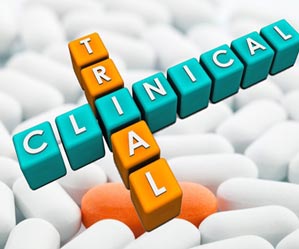
Background In Europe, modafinil used to be available as a treatment for the excessive daytime sleepiness (EDS) associated with idiopathic hypersomnia (IH). However, in 2010, the European Medicines Agency (EMA, the equivalent of the Food and Drug... read >
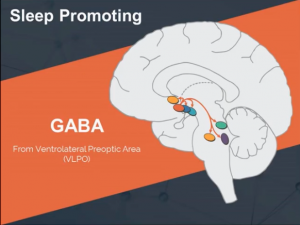
GABA is known to promote sleep and decreased consciousness, and many patients with CNS hypersomnia have been found to have endogenous GABA-A receptor hyper-reactivity. Flumazenil, a known GABA-A antagonist, has been shown to reduce symptoms in these... read >